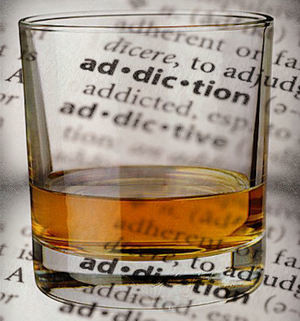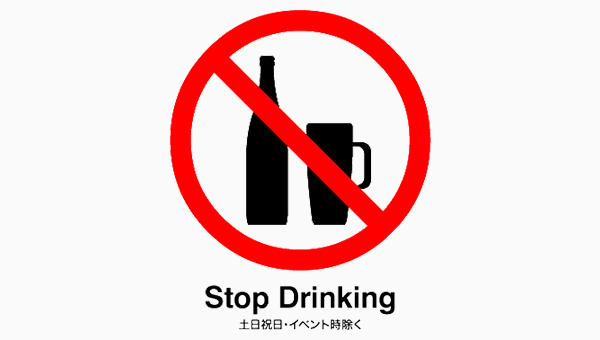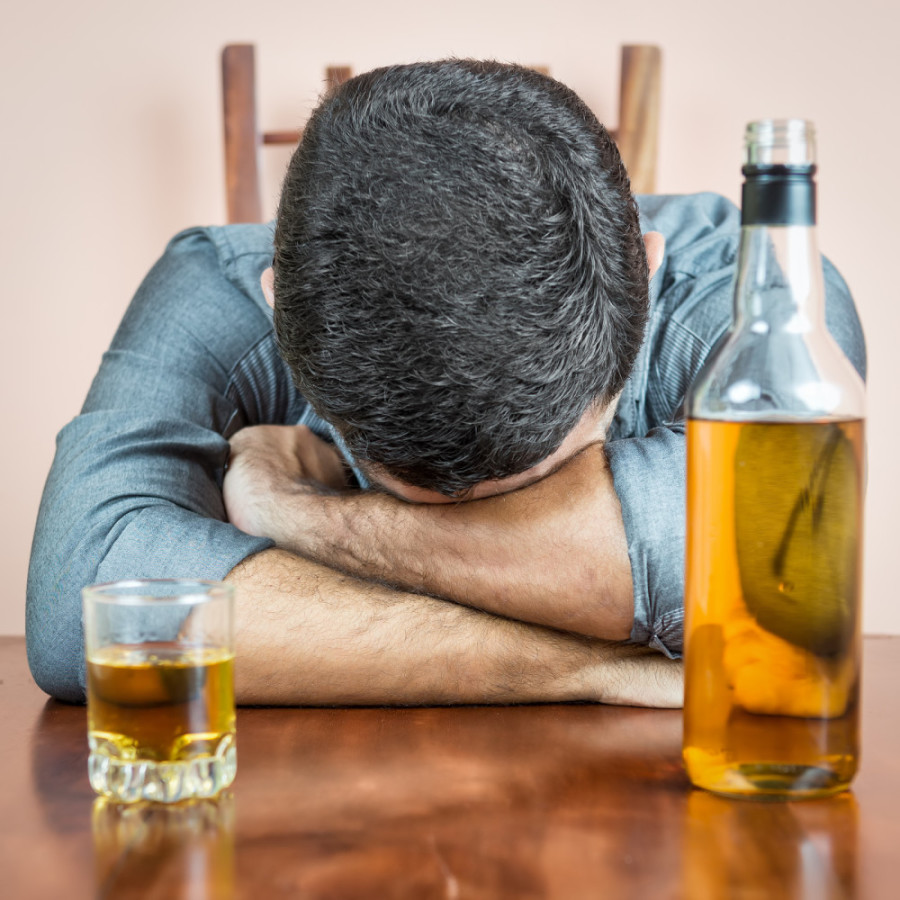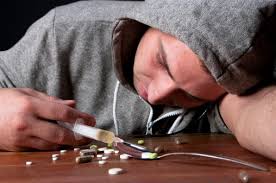Alcoholism societal frustrations and drug addiction

Alcoholism societal frustrations and drug addiction impacts negatively on people’s life both physically, socially and emotionally
Alcoholism societal frustrations and drug addiction: All you need to know about alcohol
The alcoholism societal frustrations are not just confined at the society level but go beyond. Being the most abused substance, experts at AWAREmed health and wellness resource center under the able leadership of doctor Dalal Akoury MD, are working on the possible remedies to correcting this uncalled for the habit. We are living in a world where alcohol consumption is the order of the day despite the known risks involved. Have you ever thought of a society free from alcohol! If you haven’t, you need to start visualizing that in your mind. To help you get the clearer picture of how that society will be, allow me to propose an assignment you can do on your own at your convenient time. “Take some time and visit a bar where revelers drink all kinds of alcoholic drinks, smoke all kinds of smokeable substances kindly don’t drink or smoke while there, just sit and observe and record all that you see for a day or two. Then do the same thing in a restaurant where there is no sale of any alcoholic drinks or smoking. Go to that hotel where smoking and alcohol consumption is strictly prohibited and make the same observation recording what you see happening there.”
Alcoholism societal frustrations and drug addiction: Understanding alcohol the substance
After the observations analyze the findings and you will get the sharp contrast of the two, there will be peace and harmony where there is no smoking or drinking compared to that bar. Your findings may also not miss incidences of fighting, recklessness, prostitution, sound pollution, theft, other substance abuse and many inhuman activities. That is the society we live in when alcohol consumption is the order of the day a complete contrast to the other side where there is harmony and ideal communication when alcohol consumption is not in the picture. With that brief understanding of alcohol, we want to further this discussion by finding out more about this substance. What is this substance called alcohol?
There are several ways of defining alcohol but for the purpose of this article we will say that “alcohol is a drug that slows down parts of your brain, consumption of alcohol can make you feel more relaxed at times and it can also make it harder for you to think clearly, make good decisions and do various tasks.” Alcohol is made by fermenting (and sometimes distilling) fruits, vegetables or grains. Alcohol itself is a clear liquid. The color in beer, spritzers, wine and other alcoholic drinks comes from other ingredients and from the process of fermentation. But that aside, irrespective of the definition and how alcohol is formed, its effects on humanity does not change. And to reduce the impact it has on us, doctor Akoury founded this medical center primarily to help in the transformation of each individual’s life through increasing awareness about health and wellness and by empowering individuals to find their own inner healing power. Her practice focuses on personalized medicine through healthy lifestyle choices that deal with primary prevention and underlying causes instead of patching up symptoms. You can call her on telephone number 843 213 1480 for further professional deliberations.
Alcoholism societal frustrations and drug addiction: All you need to know about alcohol
http://www.integrativeaddictionconference.com/wp-admin









